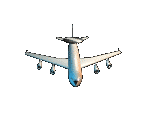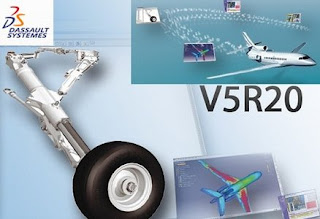ተኽለሚካኤል ግርማይ ተክሉ
http://tmaikleaviationengineering.webs.com/
http://flavors.me/teklemichael
http://tmaikleaviationengineering.webs.com/
http://flavors.me/teklemichael
For all aircraft designs, it is essential to know the airworthiness regulations that are appropriate. Each country applies its own regulations for the control of the design, manufacture, maintenance and operation of aircraft. This is done to safeguard its population from aircraft accidents. Many of these national regulations are similar to the European Joint Airworthiness Authority (JAA) and US-Federal Aviation Administration (FAA) rules. Each of these regulations contains specific operational requirements that must be adhered to if the aircraft is to be accepted by the technical authority (ultimately the national government from which the aircraft will operate). Airworthiness regulations always contain conditions that affect the design of the aircraft (e.g. for civil aircraft the minimum second segment climb gradient at take-off with one engine failed). Although airworthiness documents are not easy to read because they are legalistic in form, it is important that the design team understands all the implications relating to their design. Separate regulations apply to military and civil aircraft types and to different classes of aircraft (e.g. very light aircraft, gliders, heavy aircraft, etc.). It is also important to know what operational requirements apply to the aircraft (e.g. minimum number of flight crew, maintenance, servicing, reliability, etc.). The purchasers of the aircraft may also insist that particular performance guarantees are included in the sales contract (e.g. availability, timescale, fuel use, etc.). Obviously all the legal requirements are mandatory and must be met by the aircraft design. The design team must therefore be fully conversant with all such conditions















